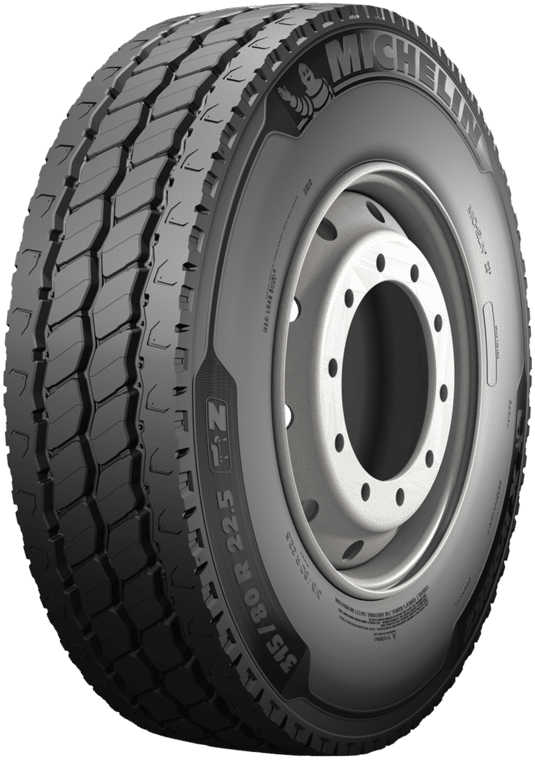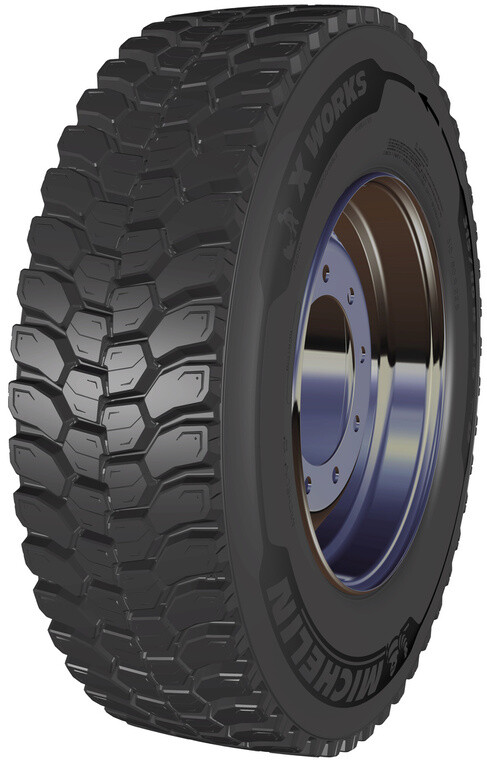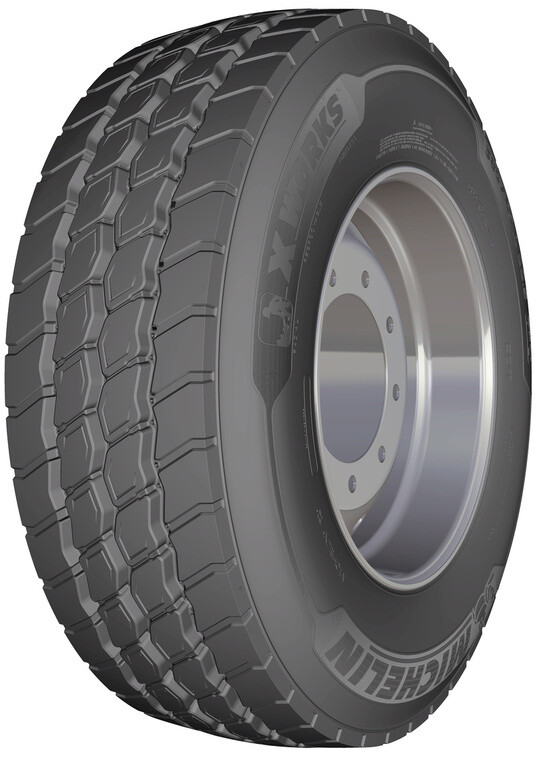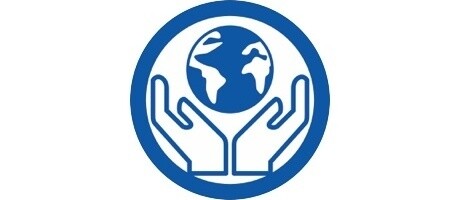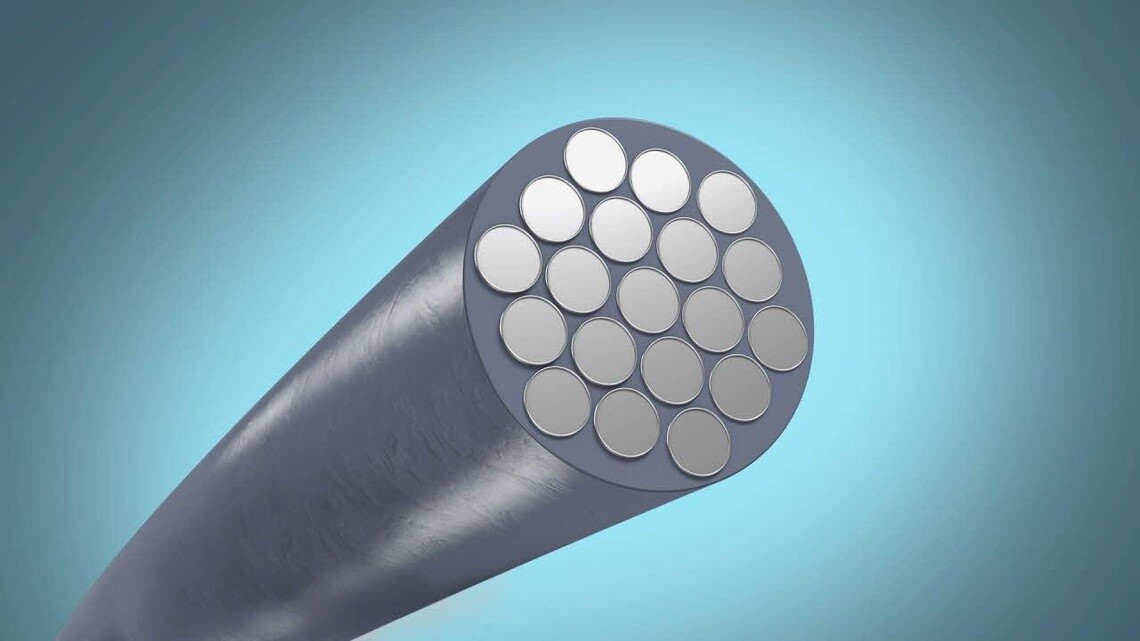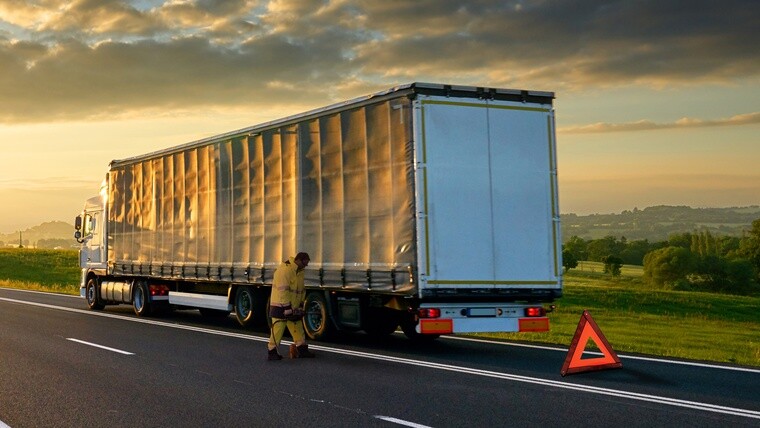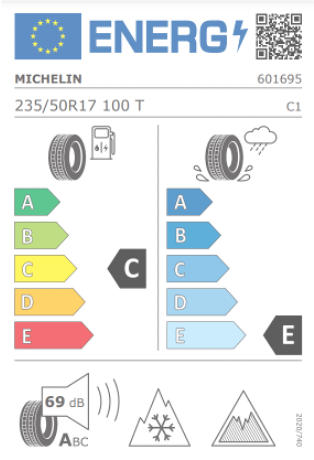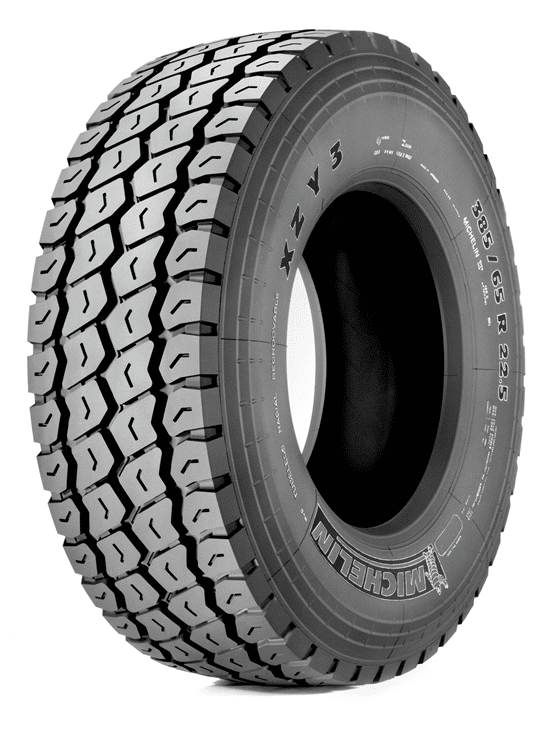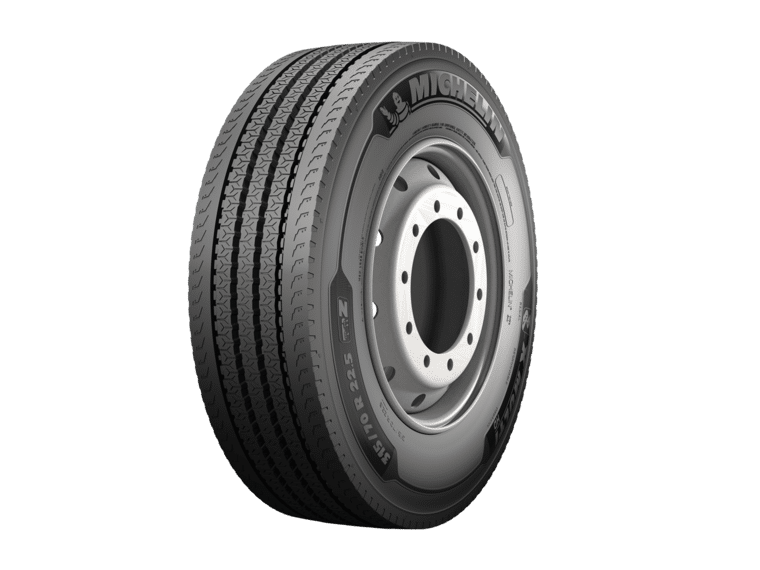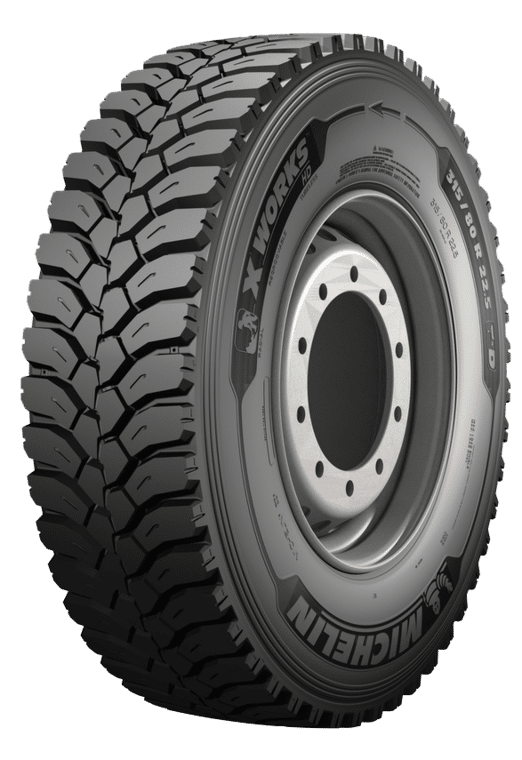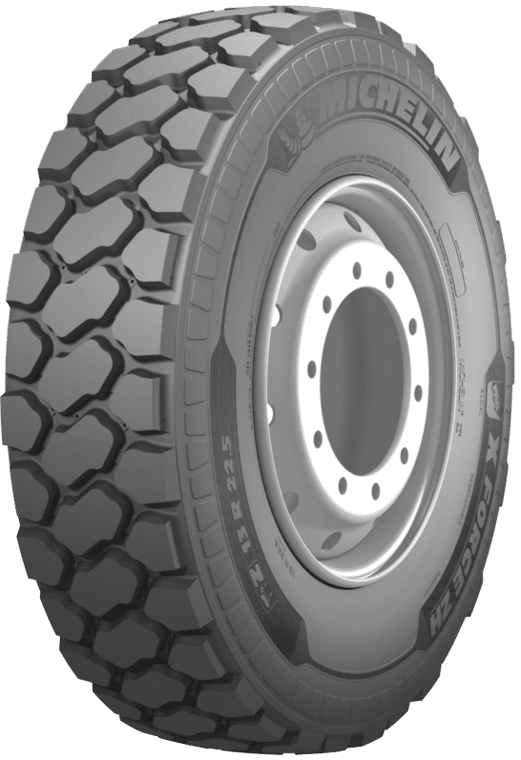MICHELIN X® WORKS Z / D / T / XDY+
A reliable and modern range for worksite access
- Optimised mileage performance
- Added peace of mind
- Saving money and the environment
Loading…
8 dimensions for this product
Labelling
Label sheet
- FUEL EFFICIENCY CLASS C
- WET GRIP CLASS B
- EXTERNAL ROLLING NOISE CLASS 69
Technical Specifications
| Product | MICHELIN X WORKS Z - 13R22.5 |
|---|---|
| Position | Z - Multi position |
| M+S | Yes |
| 3PMSF | No |
| RFID | Yes |
| Overall Diameter | 44 inch |
| Recommended Rims | 9.00x22.5 |
| Min dual spacing | 12.44 inch |
| Pressure single | 8.75 bar |
| Pressure dual | 8.75 bar |
| Max load per axle for single fitment | 8128.3422851562 kg / 17920 lbs |
| Max load per axle for dual fitment | 13614.973632812 kg / 30016 lbs |
| Load Index (single fitment) | 156 |
| Speed Index | K |
| CAI | 274977 |
Regrooving info
| Theoretical regrooving depth | 0.12 inch |
|---|---|
| Regrooving width | 8 - 10 |
| Blade | R4 |
Labelling
Labelling
Label sheet
- FUEL EFFICIENCY CLASS C
- WET GRIP CLASS B
- EXTERNAL ROLLING NOISE CLASS 69
Technical Specifications
Technical Specifications
| Product | MICHELIN X WORKS Z - 13R22.5 |
|---|---|
| Position | Z - Multi position |
| M+S | Yes |
| 3PMSF | No |
| RFID | Yes |
| Overall Diameter | 44 inch |
| Recommended Rims | 9.00x22.5 |
| Min dual spacing | 12.44 inch |
| Pressure single | 8.75 bar |
| Pressure dual | 8.75 bar |
| Max load per axle for single fitment | 8128.3422851562 kg / 17920 lbs |
| Max load per axle for dual fitment | 13614.973632812 kg / 30016 lbs |
| Load Index (single fitment) | 156 |
| Speed Index | K |
| CAI | 274977 |
Regrooving info
Regrooving info
| Theoretical regrooving depth | 0.12 inch |
|---|---|
| Regrooving width | 8 - 10 |
| Blade | R4 |
